Merry Christmas- Photo Restoration Of The Month: December
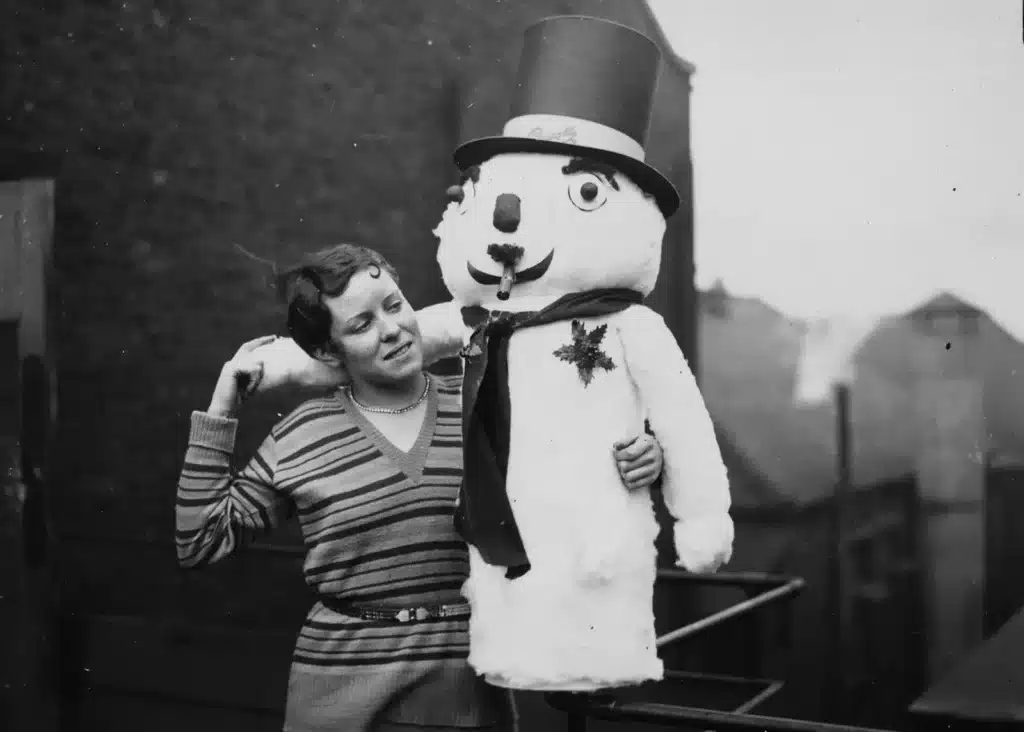
Photo Restoration Of The Month: December Merry Christmas and warm holiday wishes Thank you for trusting us this year with your precious memories and creative projects. It’s been a privilege to help preserve the stories that matter most to you. As we head into Christmas, I hope this season brings you rest, joy, and time […]
Photo Restoration Of The Month: November
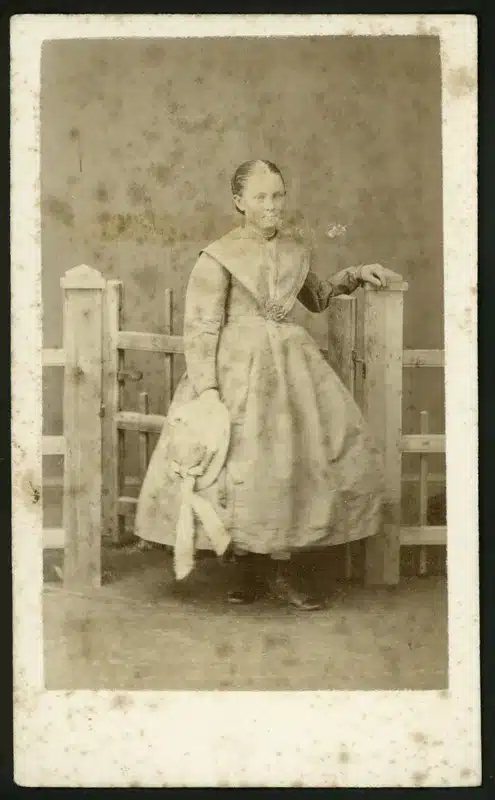
Photo Restoration Of The Month: July Behind The Photo: A Glimpse into History Historical Context: Mid-to-Late 1800s Studio Photography Sepia Toning: Introduced in the 1880s, sepia toning replaced metallic silver in photographic prints with silver sulfide, which was more resistant to fading and environmental damage. The name “sepia” comes from the ink of the cuttlefish […]
The Archival Edge: Scanning Documents for Preservation, Not Just Storage
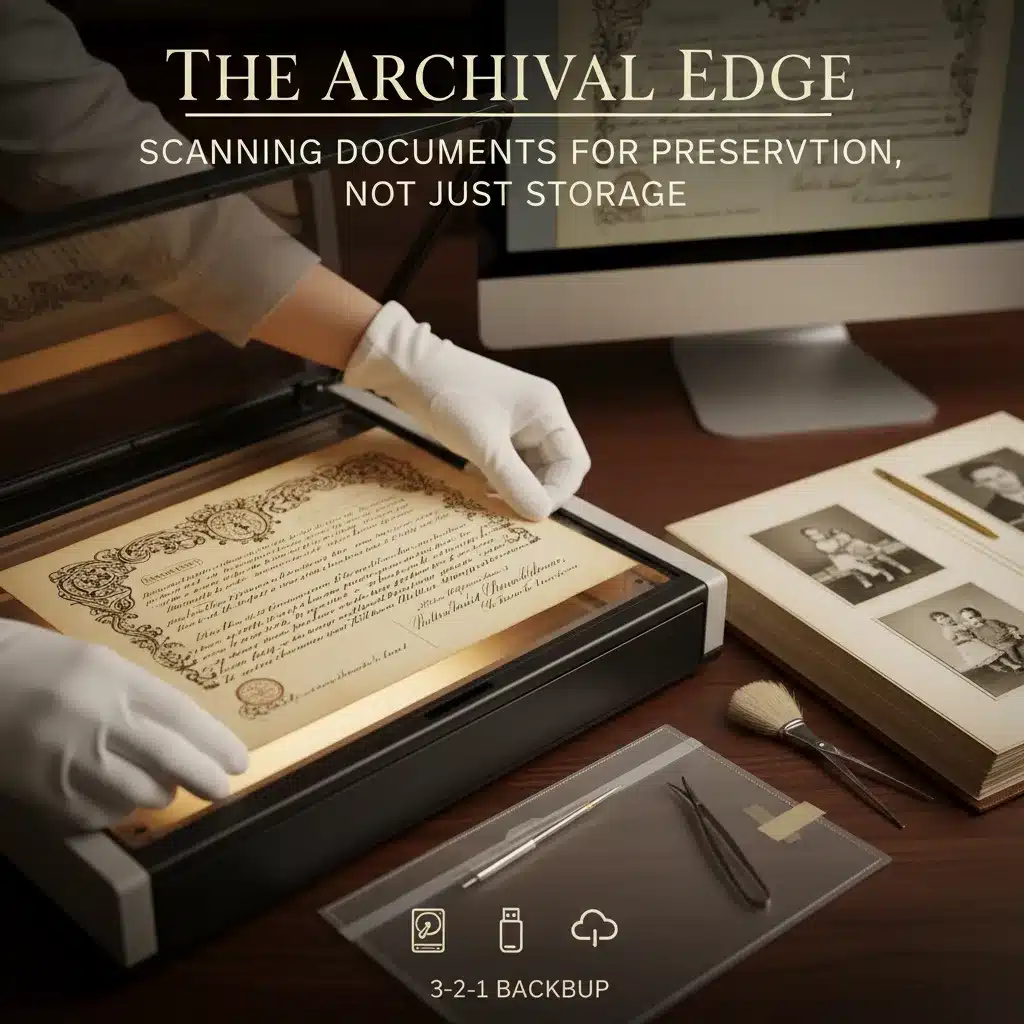
Archival scanning isn’t just for storage—it’s about preserving every detail of cherished documents, from ink texture to paper colour, ensuring family history survives for future generations to discover and share.
Photo Restoration Of The Month: October

Photo Restoration Of The Month: July Behind The Photo: A Glimpse into History The last real Trans am. 455 super duty. The Pontiac Trans Am of the 1970s wasn’t just a car—it was a cultural icon of the street machine era. This subculture, fueled by car-loving youth, embraced bold paint schemes, oversized white-letter tires, and […]
Photo Restoration Of The Month September
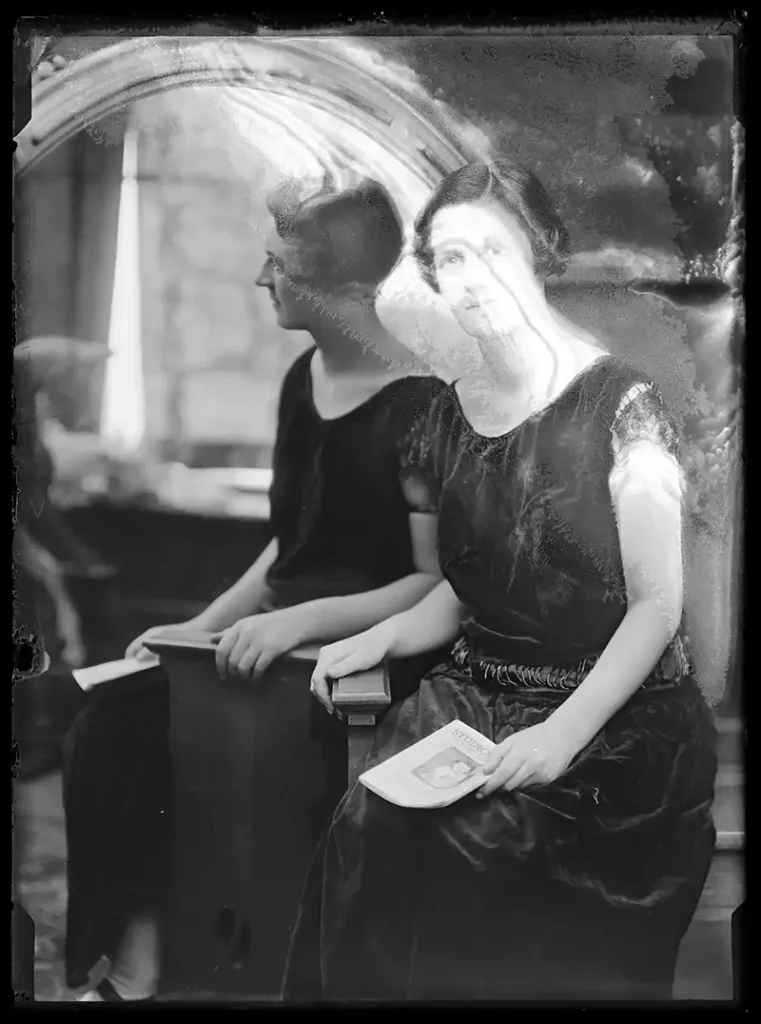
Photo Restoration Of The Month: September Behind The Photo: A Glimpse into History This black-and-white portrait captures a poised woman seated in the foreground, turned gently to her left. Her hair is styled in a short, elegant bob — a hallmark of 1920s fashion — and she wears a dark, possibly velvet dress with short […]
The Emotion of Blurry Faces: Why Sometimes, Restoration Shouldn’t Be Perfect

Photography is an art of memory—a snapshot of a moment in time that inevitably bears the marks of its journey. At Photo Restoration Rescue in Melbourne, we’ve encountered countless photos where the faded edges, softened outlines, and yes, even blurry faces, tell a story that a perfectly restored image might never capture. Today, we explore […]
Restore Old Pictures- Yia Yia’s Photo
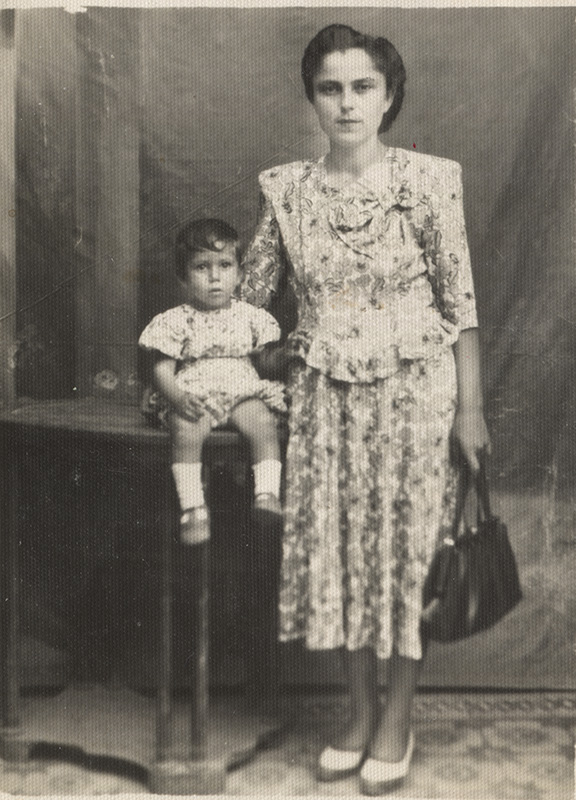
There’s something magical about holding an old photograph in your hands. It’s a tangible connection to the past, a moment frozen in time. But as years go by, these precious memories can fade, tear, or deteriorate, leaving us with images that are barely recognisable. This is where the technical art of photo restoration comes in—a […]
Happy Fathers Day

Father’s Day is a time to celebrate the special bond between fathers and their children. While ties, gadgets, and BBQ sets often come to mind as popular gifts, there’s something even more meaningful that you can give this year: the gift of memories. Photo restoration is a unique and thoughtful way to bring cherished memories […]
Preserve Your Memories: Expert Photo Restoration Services in Melbourne, Australia
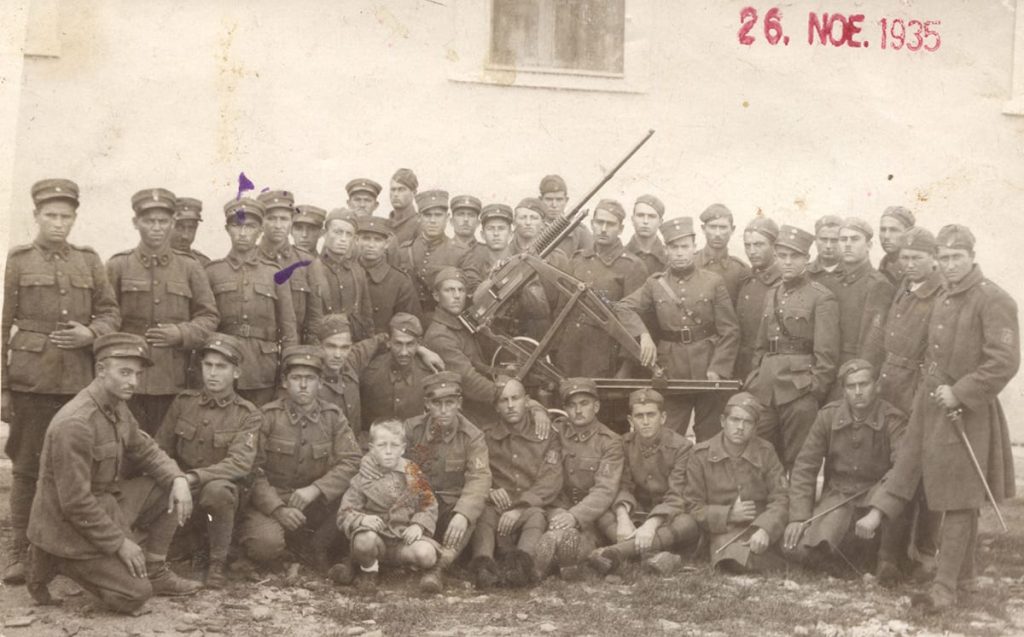
In today’s fast-paced, digital world, we often overlook the importance of preserving the past. For many of us, photos are some of the most valuable ways to keep our memories alive. They capture moments in time that we hold dear—family gatherings, milestones, and even the small, everyday occurrences that tell our stories. But as time […]
1800’s Victorian Wedding Photo Restoration and Coulourising
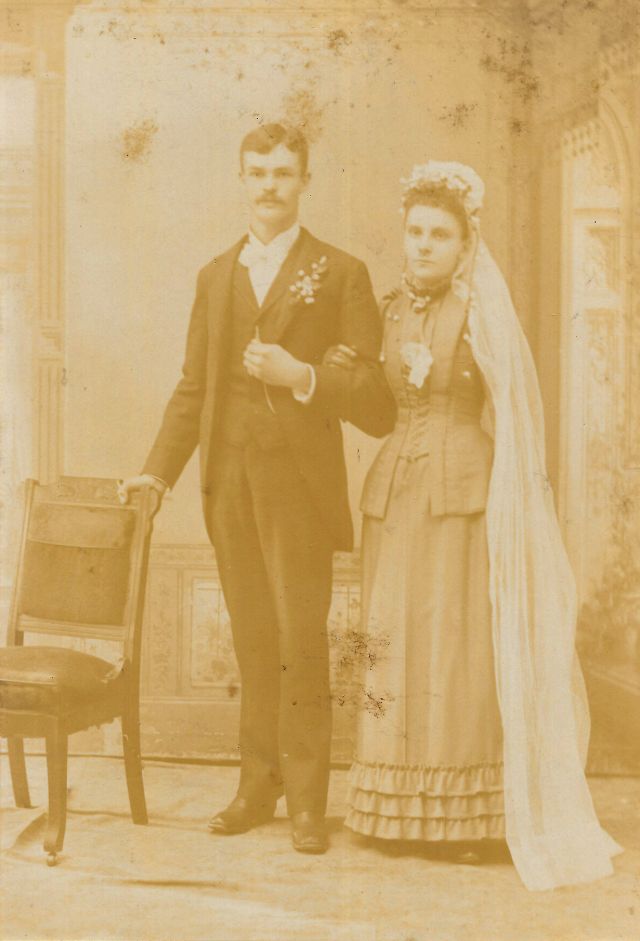
The 1800s were a time of immense change and innovation, and this extended into the realm of photography. Wedding photography, in particular, holds a special place in our hearts, capturing the essence of love and commitment. In this blog, we’ll explore the unique wedding photo poses from the 1800s and share the fascinating process of […]
